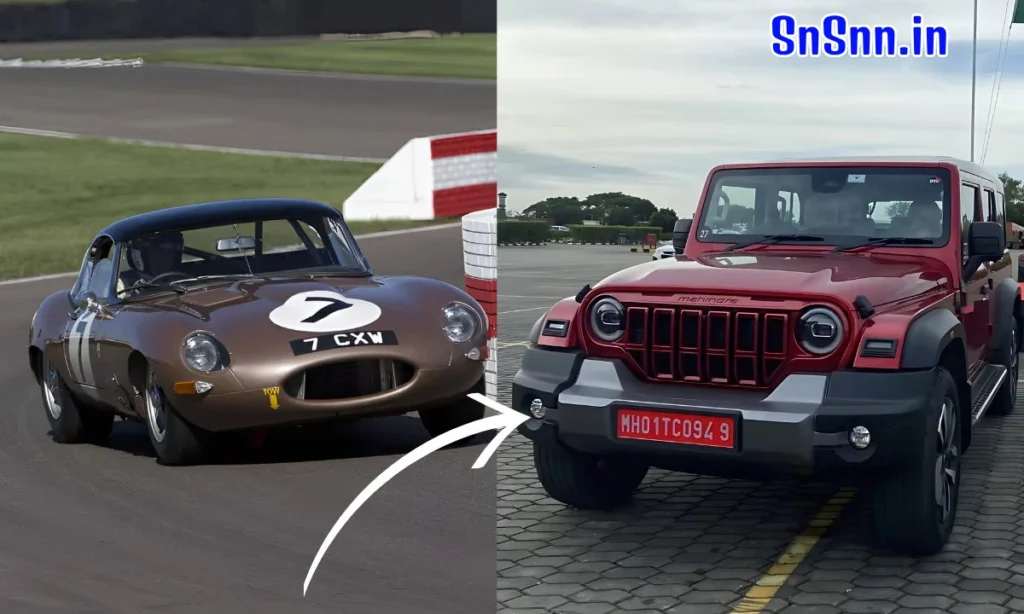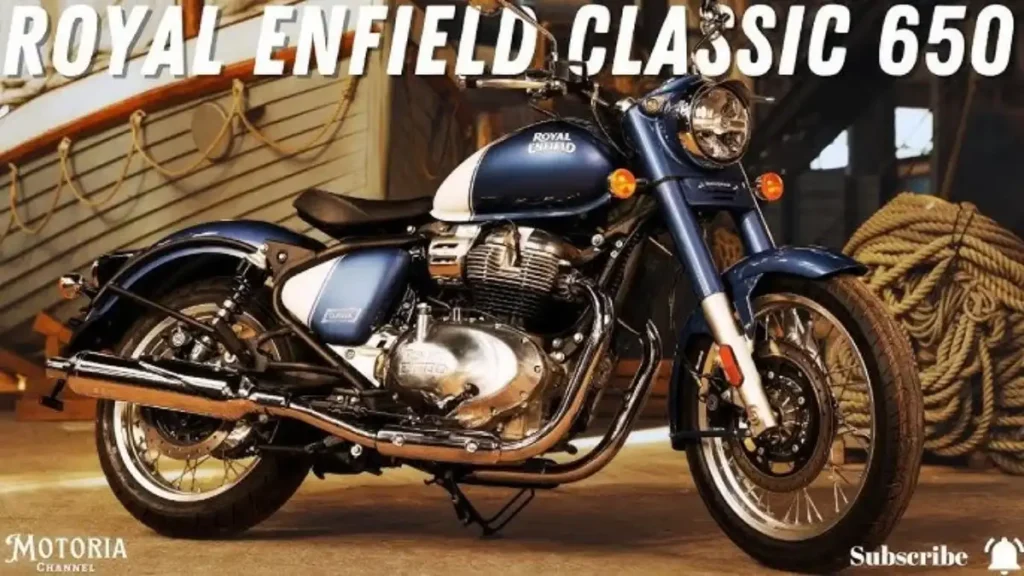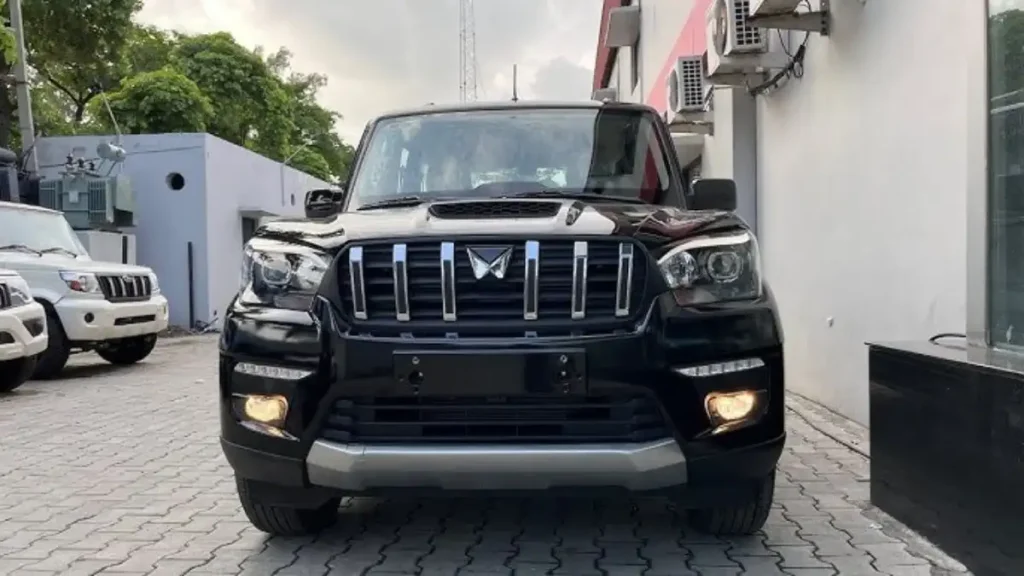Cars are more than just machines—they’re symbols of human creativity, freedom, and progress. From humble beginnings as horseless carriages to today’s high-tech wonders, automobiles have reshaped how we live, work, and explore. Some vehicles, however, go beyond utility to become legends, leaving a lasting mark on culture and history.
After digging through archives, talking to seasoned engineers, and experiencing the roar of classic engines firsthand, I’ve curated a list of 10 cars that didn’t just travel roads—they built them. These aren’t just great rides; they’re milestones that changed our world forever. Let’s take a ride through automotive history and celebrate the machines that redefined motion and imagination.
The Dawn of Driving: Pioneers of the Road
Ford Model T: The Car That Put the World on Wheels
In 1908, Henry Ford unveiled the Model T, a vehicle that turned the automobile from a rich man’s toy into an everyday essential. Ford’s bold promise—“a car for the great multitude”—came to life with the moving assembly line, slashing costs and churning out a new Model T every 24 seconds by its peak. By 1927, over 15 million had rolled out, priced so affordably that working families could own one.
With a modest 20-horsepower engine and a top speed of 45 mph, the Model T wasn’t about speed—it was about access. It shrank distances, connected communities, and sparked a new sense of independence. Families who once traveled by horse now explored towns miles away, broadening horizons in ways we still feel today. Historians often call it the most influential car ever—not for its specs, but for the doors it opened.
Mercedes-Benz 300SL: A Masterpiece Takes Flight
Fast forward to 1954, and the Mercedes-Benz 300SL arrived with its iconic gullwing doors—born from necessity due to its unique chassis—and stole the spotlight. Emerging from post-war Germany, this car was a bold flex of engineering brilliance. Its fuel-injected 3.0-liter engine churned out 215 horsepower, hitting 160 mph and claiming the title of the fastest production car of its time.
More than a speed machine, the 300SL blended precision and beauty, captivating crowds at the 1954 New York Auto Show. Only about 3,258 were made, making it a rare gem today, with top examples fetching over $1.5 million. Its legacy lives on in modern Mercedes supercars, proving that engineering can be art in motion.
Tesla Model 3 in India: Expected Price Breakdown and Insights
The Golden Age: Icons of Style and Soul
Jaguar E-Type: Beauty Meets Power
When the Jaguar E-Type debuted at the 1961 Geneva Motor Show, even Enzo Ferrari called it “the most beautiful car ever made.” Designed by aerodynamicist Malcolm Sayer, its sleek curves hid a 265-horsepower engine that hit 150 mph—all for half the price of its rivals. At just £2,098 (about $5,800 then), it brought exotic performance to the masses.
The E-Type became a 1960s icon, starring in films and inspiring dreams of speed and freedom. Over 72,000 were built by 1975, and its timeless design earned it a spot in New York’s Museum of Modern Art. It’s a rare car that balances stunning looks with thrilling drive—a true classic.
Lamborghini Miura: The Birth of the Supercar
In 1966, the Lamborghini Miura roared onto the scene, redefining high-performance cars. Born from Ferruccio Lamborghini’s feud with Ferrari, its mid-engine V12 layout—delivering up to 385 horsepower—set a new standard for handling and speed, topping out near 180 mph. Marcello Gandini’s low, sleek design turned heads, especially with those pop-up headlights.
Only 764 Miuras were crafted by 1973, but its impact was massive. It birthed the supercar era, influencing every high-performance car since. Its cinematic debut in The Italian Job sealed its legend—a car as wild as the bulls it was named after.
Everyday Heroes: Cars That Changed Lives
Volkswagen Beetle: The People’s Favorite
The Volkswagen Beetle began in 1930s Germany as Hitler’s “people’s car,” but its real story started post-war. Revived by a British officer, it became a global hit with its quirky round shape and air-cooled engine. By 2003, over 21 million were made, thanks to its simplicity and charm.
In the 1960s, clever ads like “Think Small” turned its oddities into strengths, winning over America’s counterculture. It wasn’t fast—peaking at 60 horsepower—but it was real. The Beetle showed a car could be practical, fun, and a symbol of individuality all at once.
Mini Cooper: Tiny Titan
Launched in 1959 amid Britain’s fuel crisis, the Mini redefined small cars. Sir Alec Issigonis packed a transverse engine into a 10-foot frame, leaving 80% of the space for people and cargo. It was practical yet agile, and the Mini Cooper S proved it on racetracks, winning Monte Carlo three times in the 1960s.
Loved by everyone from factory workers to The Beatles, over 5.3 million classic Minis were sold by 2000. Its clever layout still influences compact cars today, showing small can be mighty—and downright cool.
Speed Kings: Legends of Performance
Porsche 911: The Timeless Thriller
Since 1963, the Porsche 911 has defied the odds, sticking with its rear-engine design through eight generations. From 130 horsepower in its early days to over 640 today, it’s evolved without losing its soul. It’s versatile—practical for daily drives, yet a beast on the track.
Over a million have been built, each one unmistakably a 911 with its classic silhouette and driver-focused quirks. It’s not just a car; it’s a living legacy of precision and passion that keeps getting better.
Ferrari F40: Pure Power Unleashed
The Ferrari F40, launched in 1987, was Enzo Ferrari’s final gift to the world. Stripped to essentials—no carpet, no power steering—it weighed just 2,425 pounds. Its twin-turbo V8 pumped out 478 horsepower, hitting 201 mph—the first road car to break 200.
Only 1,311 were made, but its raw, no-nonsense vibe still thrills. The F40 isn’t about luxury; it’s about driving at its most intense—a timeless icon of speed and grit.
The Modern Shift: Tech Takes the Wheel
Toyota Prius: The Hybrid Trailblazer
When the Toyota Prius hit Japan in 1997, it looked odd and sounded complex with its gas-electric hybrid system. Yet it delivered—50 mpg and a bold statement about eco-friendly driving. Over 6 million have sold worldwide, sparking the hybrid revolution and paving the way for electric cars.
Its unique shape became a badge of green pride, proving tech could win hearts and wallets. The Prius didn’t just save fuel—it changed how we think about cars and the planet.
Tesla Model S: Electric Dreams Come True
In 2012, the Tesla Model S rewrote the electric car story. With a range up to 370 miles and a 0-60 mph sprint of 2.4 seconds, it crushed stereotypes. Its 17-inch touchscreen and over-the-air updates made it a gadget on wheels, backed by a growing Supercharger network.
Selling over 200,000 by 2020, it forced every carmaker to rethink electric power. The Model S isn’t just a car—it’s a vision of luxury, speed, and a cleaner future rolled into one.
Why These Cars Matter
These 10 legends—from the Model T’s accessibility to the Model S’s electrification—didn’t just move people; they moved history. They challenged norms, sparked trends, and captured imaginations. Whether pioneering affordability, speed, or sustainability, each car reshaped our world in its own way.
As we look to tomorrow—toward self-driving tech, shared mobility, and greener roads—these icons remind us that the best cars don’t just follow the path—they carve it. Their stories are about more than horsepower or style; they’re about human drive and the endless quest to go farther.

Hi, I’m Ravi Kumar – the founder of snsnn.in and the lead writer for the Automobile category. I’ve always had a deep passion for cars, bikes, and everything that moves on wheels. Through this blog, I share my personal experiences, in-depth research, and honest insights about the latest vehicle launches, reviews, and emerging auto technologies like electric vehicles (EVs).
With years of closely following the auto industry, I aim to provide content that’s not only informative but also trustworthy and easy to understand. I believe in writing articles that help readers make smart and confident decisions when it comes to choosing vehicles or staying updated with automotive trends.
Whether you’re a car enthusiast or simply someone looking for reliable information before your next purchase, I’m here to make the complex world of automobiles simple and engaging for you.


